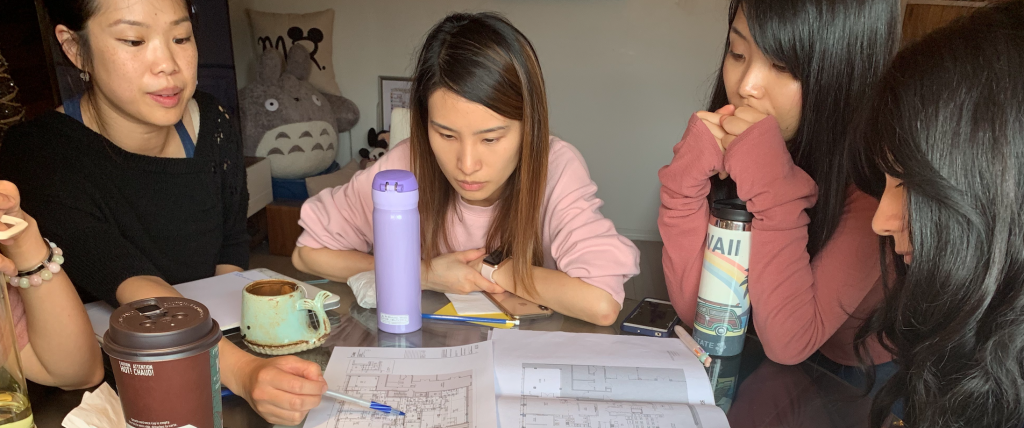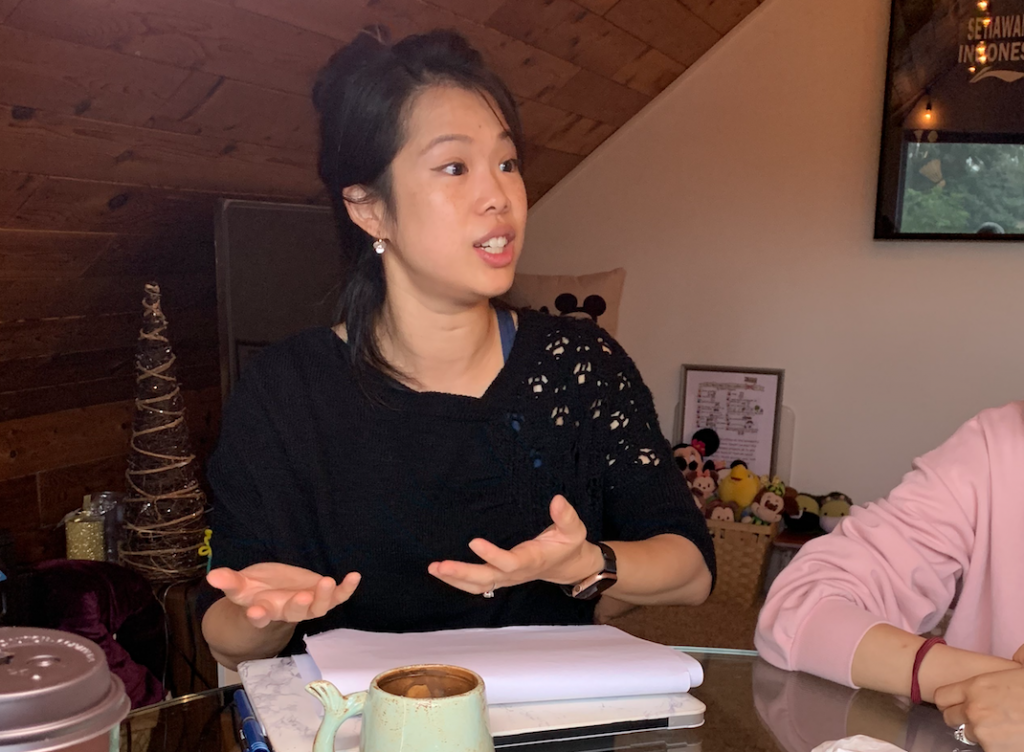Guest Post: Tania Lam, Owner of Aves Early Education reflects on a 2019 professional development day that was facilitated by Jane Boyd for members of her child care team. Are you interested in mindfulness for children? Well read on — this is the story of a dedicated team of early childhood educators who are committed to implementing mindfulness for children in child care!

Our Pro-D day on August 21st, 2019 took place at Aves Rochdale. Since we had a few new teachers on board with us, some of whom have never met one another, we started the day with a team bonding activity. Jane asked us to share a magical moment we had experienced within the last 24 hours with one another. As each teacher reflected and recalled their experiences in the last 24 hours, you could see in their facial expressions that it was not such an easy thing to find. For myself, sometimes so much happens in a day that when it comes time to reflect, everything becomes a bit of a blur. I came to realize as well that so often, we go through our daily life without taking the time to really appreciate and have gratitude towards those magical moments. We have them each and every single day, but we can only find them if we pause and take time to notice it. So, after taking a deep breath, slowing myself down, and just letting my mind come to a state of calm, I was able to find my magic moment and to share that with the others.
An interesting phenomenon took place as we each shared our magic moment with one another – a deeper sense of connection began forming between the teachers. I believe this took place because each magic moment we shared had elements of vulnerability within it. And the interesting thing about vulnerability is that if you are willing to show it, people are able to see a side of yourself that they normally cannot see. You start to see the other person as someone relatable and a sense of compassion and understanding emerges. When that compassion and understanding is shared with the other person and they receive it, a connection is born. As we shared more with one another and, more of these connections were created between the teachers, I could see the foundation for a strong relationship with one another was starting to form.
Mindfulness for Children (and Teachers too)
After our team bonding activity, we started to delve into our major topic: mindfulness. We went around sharing what our thoughts were on mindfulness and we practiced several mindfulness exercises together. Jane brought a special mindfulness bell and we practiced being in the present moment with it. As she rang it, all the teachers tried to focus on their breath and listened to the bell as it dissipated into the air. Whenever we felt our mind wander, the bell would remind us to come back to the present moment and to find calm. Even though it is a simple concept, being in the present moment and seeing it without judgement and with compassion, is an incredibly difficult thing to do. It requires constant practice. Try it yourself! Our minds are such powerful things and it takes conscious effort to be able to slow it down and let it focus on the here and now.
After practicing being mindful, Jane and I introduced to the teachers, a specific state of mindfulness – one that we are both particularly excited about – flow.
We introduced the concept of flow to the teachers by sharing a video clip from MindValley. For any families interested in seeing this video, please check it out here! The content is absolutely fascinating!!!
After watching the video, we entered a deep discussion, contemplating questions such as,
1) What is flow?
2) Why is it important?
3) What makes it unique from other states of consciousness?
4) Is it important for children?
5) How can we encourage flow in children? What are the triggers of flow?
Steven Kotler describes flow as a state of consciousness in which, “we feel our best and we perform our best”. Have ever used the term, “in the zone” before when you were engaged in an activity? If you have, this is what the flow experience feels like. I myself feel flow when I do painting or any form of arts and crafts. Other teachers say they experience flow when they run, sew, paint, or write. When do you feel flow?
From a physiological and biological perspective, flow is the only state in which all 5 neurochemicals related to happiness are released. This is why people say when they are in flow they feel their best. And if flow is when people feel their best, what are the implications of this for children? How can we create an environment that encourages children to be in flow so that they feel their best and are performing their best? Jane led this discussion with the teachers and we looked at the different triggers of flow – items such as having clear goals, opportunity for deep concentration, autonomy, and having skills match challenges were all important flow triggers. We discussed how we could incorporate these into our school environment and daily routine so that our students could have the opportunity to enter flow regularly throughout the day. It was a truly exciting experience collaborating with the teachers and discussing how mindfulness, flow, and Aves could work together to create a truly unique educational experience for children.
In the afternoon portion of the day, we completely switched gears. Aves has been wanting to provide Parent Education opportunities for families and to start, we wanted to create a unique on-boarding experience for families as we begin the new school year. Teachers shared what they would like families to know about certain school policies and we discussed how we could share this information with families in a meaningful, interactive and educational way – just like the educational experiences we try to create for the children! We decided that the use of online learning and media would create a deeper learning experience for families so parents, please keep a lookout for our new Parenting Onboarding Experience coming out in September.
This Pro-D day was definitely an eye-opening experience for myself and for the teachers. I truly felt like a fire had ignited within me as we explored mindfulness, flow, and childcare practices together. We are so excited to be bringing research-based practices to our work with children and to create meaningful learning experiences for both children and parents. Thank you to our families for supporting our teachers as we continue to professionally develop ourselves!

Leave a Reply